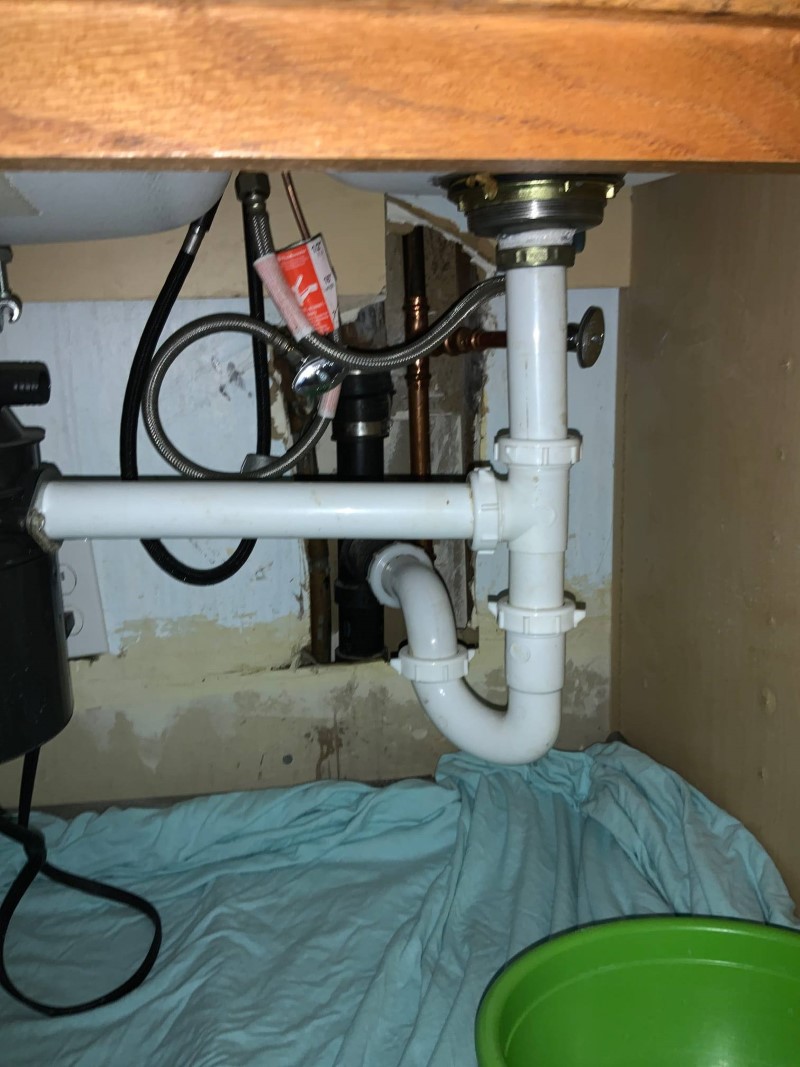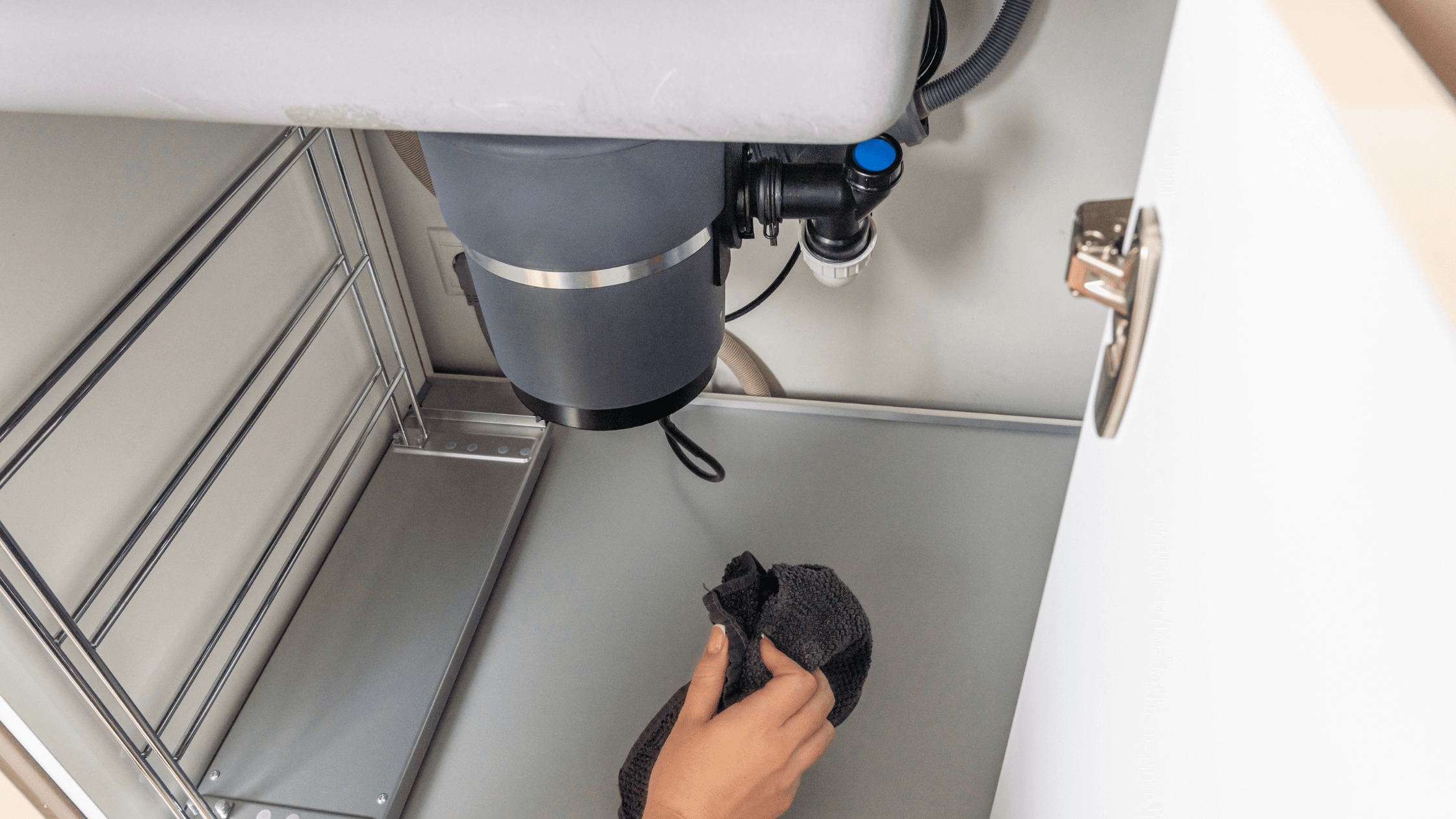This great article below involving Garbage Disposal Leaking From Bottom is especially engaging. Try it and draw your own final thoughts.

Waste disposal unit are essential kitchen area appliances that help in dealing with food waste effectively. Nonetheless, a dripping waste disposal unit can be an irritating and messy problem to deal with. The good news is, numerous leakages can be dealt with easily with a few easy actions. In this article, we will certainly discuss how to repair a dripping waste disposal unit effectively.
Intro
Waste disposal unit are mounted under cooking area sinks and are developed to shred food waste into smaller sized pieces, enabling it to travel through the pipes system conveniently. While these gadgets are usually dependable, leakages can occur over time due to damage, loose links, or damages to the unit.
Usual Causes of Leakages in Trash Disposals
Worn Seals and Gaskets
Seals and gaskets play a critical function in preventing water from leaking out of the waste disposal unit. In time, these elements can degrade, causing leakages around the disposal unit.
Loose Connections
The links in between the garbage disposal and the pipes system can end up being loose gradually, triggering water to leak out during procedure.
Fractures or Holes in the Disposal Device
Physical damage to the garbage disposal, such as fractures or holes in the housing, can also result in leakages.
Determining the Source of the Leak
Prior to trying to repair a leaking garbage disposal, it is essential to determine the resource of the leak. This can normally be done with aesthetic examination or by carrying out easy tests.
Visual Examination
Check the waste disposal unit unit meticulously for any type of indicators of water leakage. Pay attention to locations around seals, gaskets, and connection points.
Testing for Leakages
One method to test for leaks is by running water with the disposal system and checking for any kind of visible signs of leak.
Tools and Materials Needed for Dealing With a Dripping Waste Disposal Unit
Before starting the repair service process, collect the essential tools and products, consisting of a screwdriver, flexible wrench, plumbing technician's putty, substitute seals or gaskets, and epoxy or patching material for fixing cracks or openings.
Step-by-Step Overview to Dealing With a Dripping Garbage Disposal
Shut off the Power
Prior to trying any repairs, ensure that the power to the waste disposal unit unit is switched off to stop the threat of electrical shock.
Find the Leak
Determine the precise location of the leakage and figure out the cause.
Tighten Links
Make use of a wrench to tighten any kind of loosened connections between the disposal system and the plumbing system.
Replace Seals or Gaskets
If the leak is due to used seals or gaskets, eliminate the old parts and replace them with brand-new ones.
Patching Fractures or Openings
For fractures or holes in the disposal unit, usage epoxy or a suitable patching material to secure the broken location.
Examining the Garbage Disposal After Fixing
As soon as the repair service is total, examine the waste disposal unit by running water via it to make certain that the leak has actually been solved.
Preventive Upkeep Tips to Prevent Future Leakages
To prevent future leakages, it is important to perform normal upkeep on your waste disposal unit. This includes maintaining it clean, preventing placing non-food things or tough objects down the disposal, and occasionally looking for leaks or other issues.
Final thought
To conclude, repairing a leaking waste disposal unit is a relatively straightforward procedure that can be finished with basic tools and materials. By following the actions laid out in this article and practicing preventative upkeep, you can keep your waste disposal unit in good working problem and avoid pricey repairs in the future.
What to Do About a Leaking Garbage Disposal
A leaking garbage disposal often goes unnoticed until you confront a sopping cabinet, a foul-smelling puddle, or an audible drip-drip-drip from the unit. The fix can be frustrating, too, because the leak can stem from a number of components in the system. Fortunately, with a little sleuthing, you can zero in on the leak and—depending on the exact location—stop the icky oozing and repair the component that caused it. Worst case scenario, if it turns out that the garbage disposal must be replaced, installing a new one is a reasonable do-it-yourself task for those with basic plumbing skills. Read on to keep the cash you’d otherwise hand over to a pro.
Prepare to find the leak
Prior to testing the garbage disposal for leaks, unplug it at the wall outlet and turn off the power from the breaker box to prevent electrical shock. Then insert a watertight sink stopper into your sink drain and wipe the unit dry with a clean cloth. In any handy container, mix a few drops of food coloring into a few cups of water, and pour the dyed water onto the sink stopper to help you locate the leak.
Investigate the source
the top, where the disposal meets the sink drain the side, where the dishwasher hose or main drain pipe connects to the disposal or the bottom of the unit Inspect each of these locations while gliding a light-colored rag over the unit; the dyed water will readily show on the rag and reveal the location of the leak. If a leak isn’t immediately apparent, remove the sink stopper and pour a few more cups of dyed water down the sink drain, then check for leaks again. Leaks near the top of the unit are more likely to show themselves while the sink is plugged, while side and bottom leaks are more noticeable while the sink is unplugged.
The metal sink flange that sits directly inside the sink drain is typically sealed around the top with plumber’s putty (a clay-like sealant) and then secured from under the sink with bolts. If the plumber’s putty deteriorates, or the bolts loosen, the flange can no longer form a watertight seal between the sink drain and the disposal—which could cause a leak at the top of the unit.
To reseal the leaky flange, you must first detach the garbage disposal. Start by loosening the screws securing the main drain pipe to the disposal, then loosen the screws in the metal clamp securing the dishwasher hose to the disposal and detach the drain pipe and dishwasher hose from the disposal. Loosen the screws in the mounting ring that connects the disposal to the metal mounting assembly beneath the sink, then pull down the disposal and carefully set it on a clean, dry surface. Loosen the bolts in the mounting assembly with a wrench, then pull down the mounting assembly and set it near the disposal.

We had been brought to that editorial on Garbage Disposal Leaking From Bottom from someone on a different web page. So long as you enjoyed reading our post if you please remember to pass it around. Thank you for your time. Visit us again soon.
Appointment